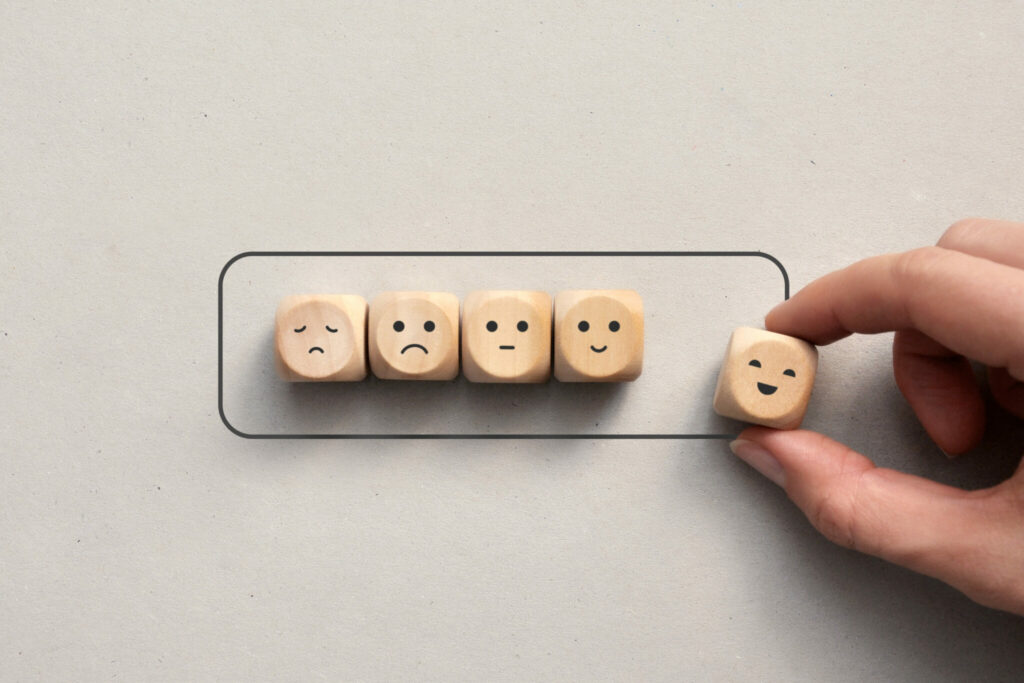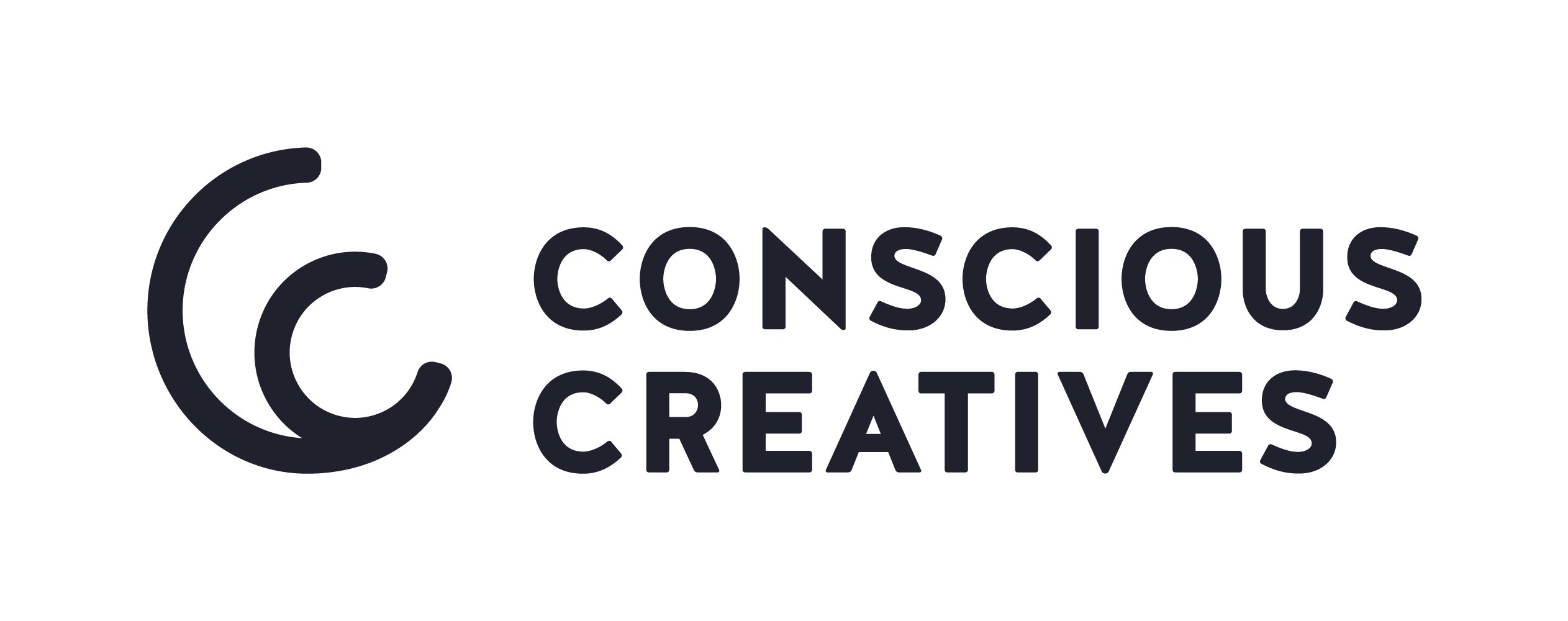A key part of creating a marketing strategy is considering how people make choices. It’s a question many marketers ask themselves: what is it that will make people decide to choose you?
It is important to try to understand the psychology of consumer behaviour when selling a product, to know how customers satisfy their needs and wants by choosing goods and services.
In this blog we share with you a list of just some of the ways people decide, the factors that impact the way a consumer might decide whether to purchase a product or service.

Emotional Response
This is an important one, and can take different forms.
One way to create an emotional response is to speak directly to the customer, to really see them. When selling a product, people want to know how it will make them feel. They want to know what it can do for them and how it can improve their life. They want to know how it can bring them closer to their vision for the future.
Through speaking about how a product can make them feel, it can encourage the consumer to visualise their ideal life. People are more likely to buy things when they feel as though they will help them get to where they want to be.
Other ways to elicit an emotional response is when an ad or marketing campaign makes the audience feel something for someone or something else. When it, through imagery or word associations, creates empathy, sympathy, or any kind of emotional response. By creating a reaction, their campaign is more memorable.
Intuition
Bounded Rationality, introduced by Daniel Kahneman in 2003, points out that most decisions and choices are made intuitively. With intuition, it is based mainly on perception, putting a heavy reliance on visuals. Often, in our fast-paced world, people lack the time to make an informed decision, and trust their instincts when making decisions.
A principle that bounds rational choice is ‘Framing’. This is the idea of looking at something through a frame. It suggests that the way we make decisions is impacted by how and by who the context is presented. For example, beauty products in women’s magazines.

Heuristics
Heuristics is when our brain uses simple rules or guidelines to make judgements if the choice or decision gets too complicated. In many ways it acts as a mental shortcut.
An example is when people are influenced by what other people buy when they are finding it difficult to choose. Or they might choose something that is most reachable on the shelf. Again, this is a reflection of both our busy lives and our mind wanting to make difficult decisions more simple.
Less Choice
In marketing having less to choose from can lead to higher sales. In research from Sheena Lyengar, if there are more than 7 options customers find it too difficult and prefer not to buy anything at all.
People want ease, they want uncomplicated decision-making to match a fast-paced life. By giving less choices, we do not overcomplicate decisions and encourage a higher purchase rate.

Customer Location
Another factor in how people make decisions is the impact of their culture and where they are based. For example, those based in the United States, the United Kingdom, and Europe prefer to be responsible for their choices on their own. Often, they choose a product or service because it serves their own needs and desires.
Alternatively, in collectivist cultures such as Japan, China, and parts of Asia, people prefer to have decisions made for them by what is good for society and the community.
Factoring in location and the cultures of the target audience is important when considering how consumers make decisions.
To Summarise
These are just a few ways that impact people’s decision-making. But another huge impact on people’s decisions is when organisations or products can do something to help the environment. According to Forbes, 88% of consumers want you to help them make a difference. They want to purchase from good companies who do good things.
In our blog Understanding the SDGs we discuss how businesses can support the Sustainable Development Goals while selling a service or product. Through supporting these goals as a business, it means you are supporting necessary changes for both the environment and society. To read more about how you can help consumers to make a difference then see our Understanding the SDGs series of blogs.

